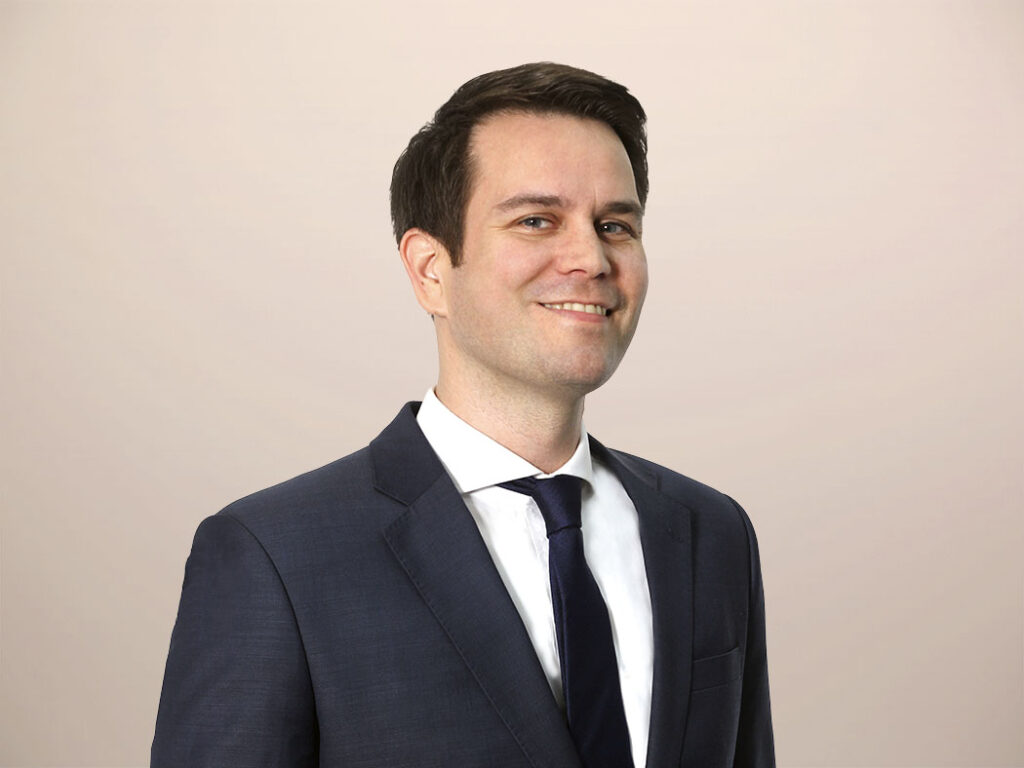Change Fatigue In Digital Transformation: Where Has All The Value Gone?
Ever Struggle With Progress Fatigue?
The volume of change that organizations must absorb keeps increasing. Organizations can’t afford to progress fatigued employees, and those with progress fatigue will have a hard time staying competitive. To prevent change fatigue, transformation leaders need to embrace that:
- Change fatigue is not about stamina — it’s about value. No one tires of winning. If individuals in your organization are exhibiting change fatigue, it is due to a misbalance between effort and perceived rewards. If you keep running up a hill, there better be a trophy at the top.
- Value is a very personal concept. Good transformations are driven by business outcomes, but organizations are not monolithic entities with undisputed goals. Consequently, outcomes that are great for the organization can be irrelevant or even negative for certain teams or individuals. Therefore, highlighting how positive the results are going to be for someone else and ignoring the affected individuals is unlikely to prevent fatigue for long.
Align Effort And Value To Prevent Change Fatigue
Change can’t be a distraction from routines; change has to become the routine. To achieve that, employees need to see the value of change and need to be rewarded accordingly to prevent fatigue.
- Contextualize business outcomes. Break down business outcomes to the team and individual levels. Ask what certain business outcomes mean specifically and for whom. Assess who benefits, who is negatively impacted, and who is required to put effort into the execution.
- Share the effort. Ease the burden on heavily contributing teams. Determine whether other teams can share the workload, and identify parts to outsource or automate. Finally, consider ring-fencing selected champions per team, fully dedicating them to the transformation.
- Share the value. Make a deliberate effort to create value for all stakeholders impacted by the transformation — especially the ones that carry the lion’s share of the execution burden. Listen actively to pain points of these stakeholders and deliver against them. Subsequently, make these outcomes transparent on the roadmap. If you can’t give a date, provide a date for a date.
- Conduct holistic load management. Most employees, especially those with pivotal skills, are permanently pulled in multiple directions. Capture all the routine and incremental tasks that hit a team on a timeline. Identify periods of downtime and times of intensity. Adjust the transformation burden accordingly and provide incremental resources if high-intensity phases are unavoidable.
- Target smaller, more frequent wins. Big-bang, waterfall initiatives, with their long lead time between effort and value, are particularly prone to creating change fatigue. Roadmaps that deliver tangible, widely shared successes based on small steps and fast iterations are the best antidote to change fatigue.
- Have a playbook. Turn change into a familiar routine. Establish a concept of “how we get change done around here” and apply it consistently across the organization. Change becomes less daunting when there’s a common routine to fall back on. Adjust your toolbox accordingly based on retrospectives to keep improving and refining the approach.
- If you can, adjust incentives. Most organizations cement existing behaviors with performance metrics and award structures. To change behavior toward change confidence, incentives need to adjust as well as reward adaptiveness. It is hard to change organizational memory. Changing the definition and measurement of desired behavior in lockstep makes it much easier.
Let’s Connect
To learn more about digital transformation and change management, read my latest reports on the matter. To discuss my research in further detail, please schedule an inquiry or guidance session.
